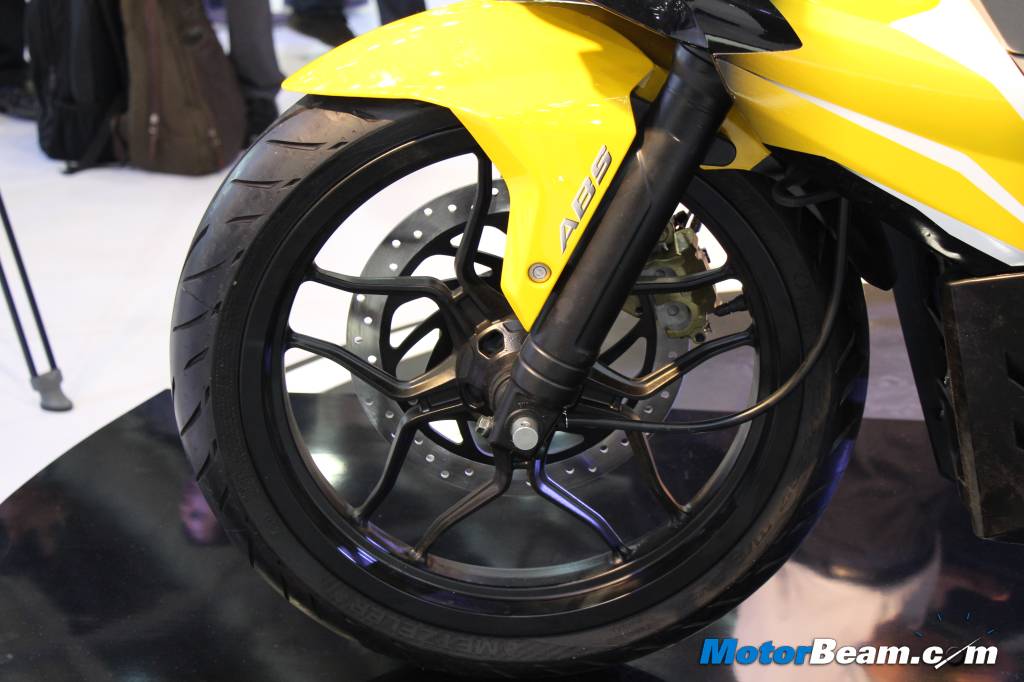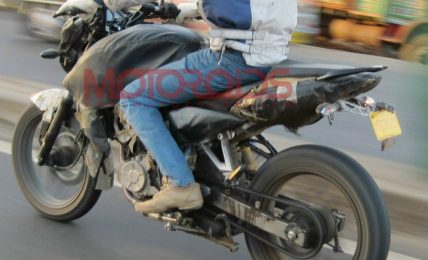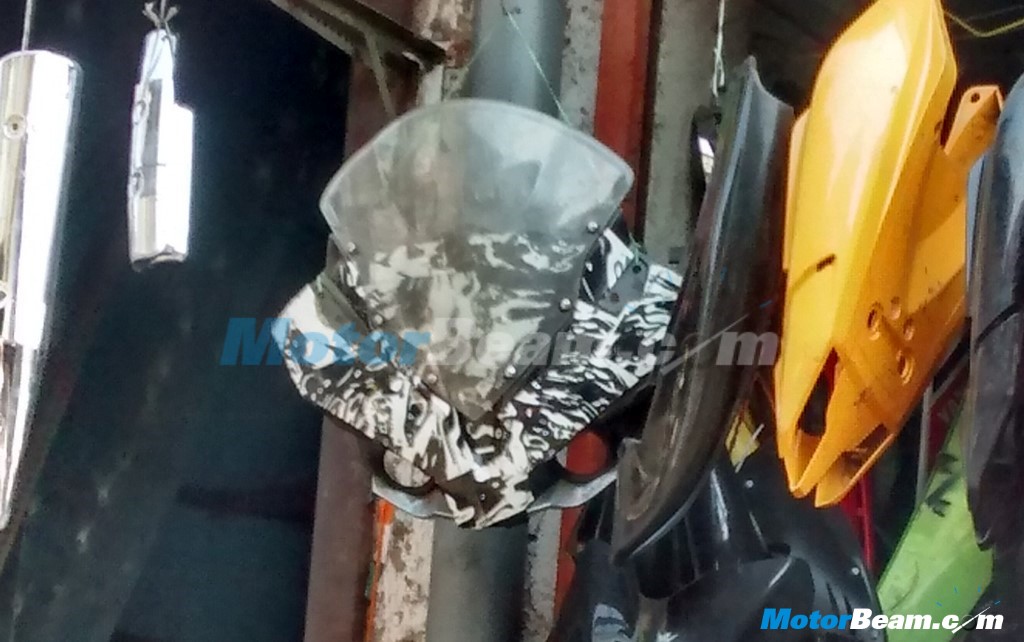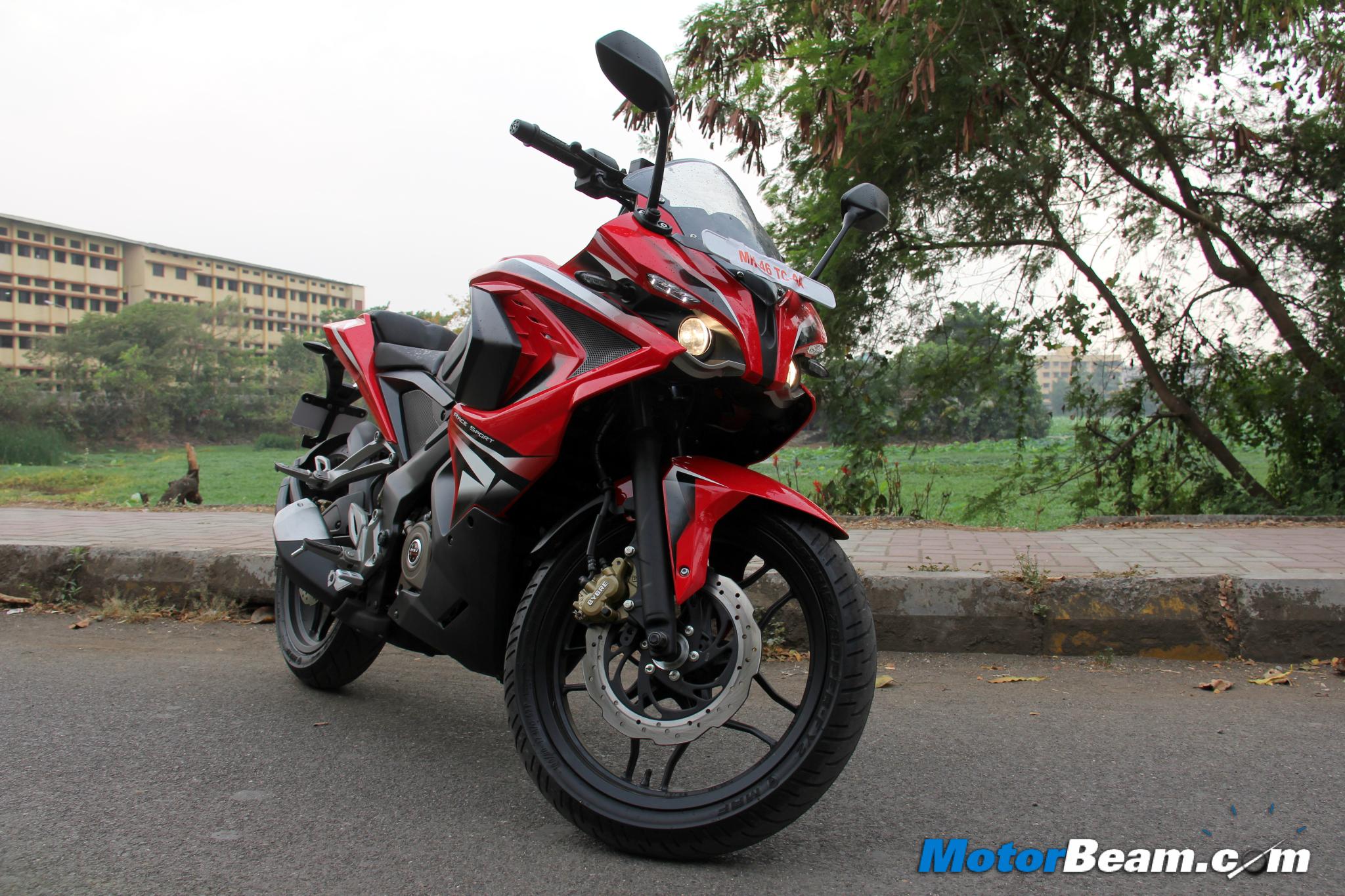
Pulsar RS 200 Review
Bike Tested: 2015 Bajaj Pulsar RS 200 (non-ABS)
Price OTR Mumbai: Rs. 1.31 lakhs (non-ABS), Rs. 1.45 lakhs (ABS)
The RS 200 does turn attention but is quite over-styled, it’s also the fastest Pulsar yet
The name Pulsar is easily the most famous in the whole of the Indian 2-wheeler scenario that the launch of a new model from the series after two and a half years has kept fans biting their teeth. The motorcycle was launched yesterday and that ended the countless number of rumours which have been thrown left, right and centre. Now that we know all about the new Pulsar RS 200, the key question is, how is it to ride? Of course, we at MotorBeam won’t make you wait so we got astride the latest Pulsar for a short duration by taking the motorcycle for a spin at a near-by Bajaj dealer. We will be coming up with an exhaustive review of the Pulsar RS 200 next month but till then here is our first impression of the new flagship Bajaj motorcycle.
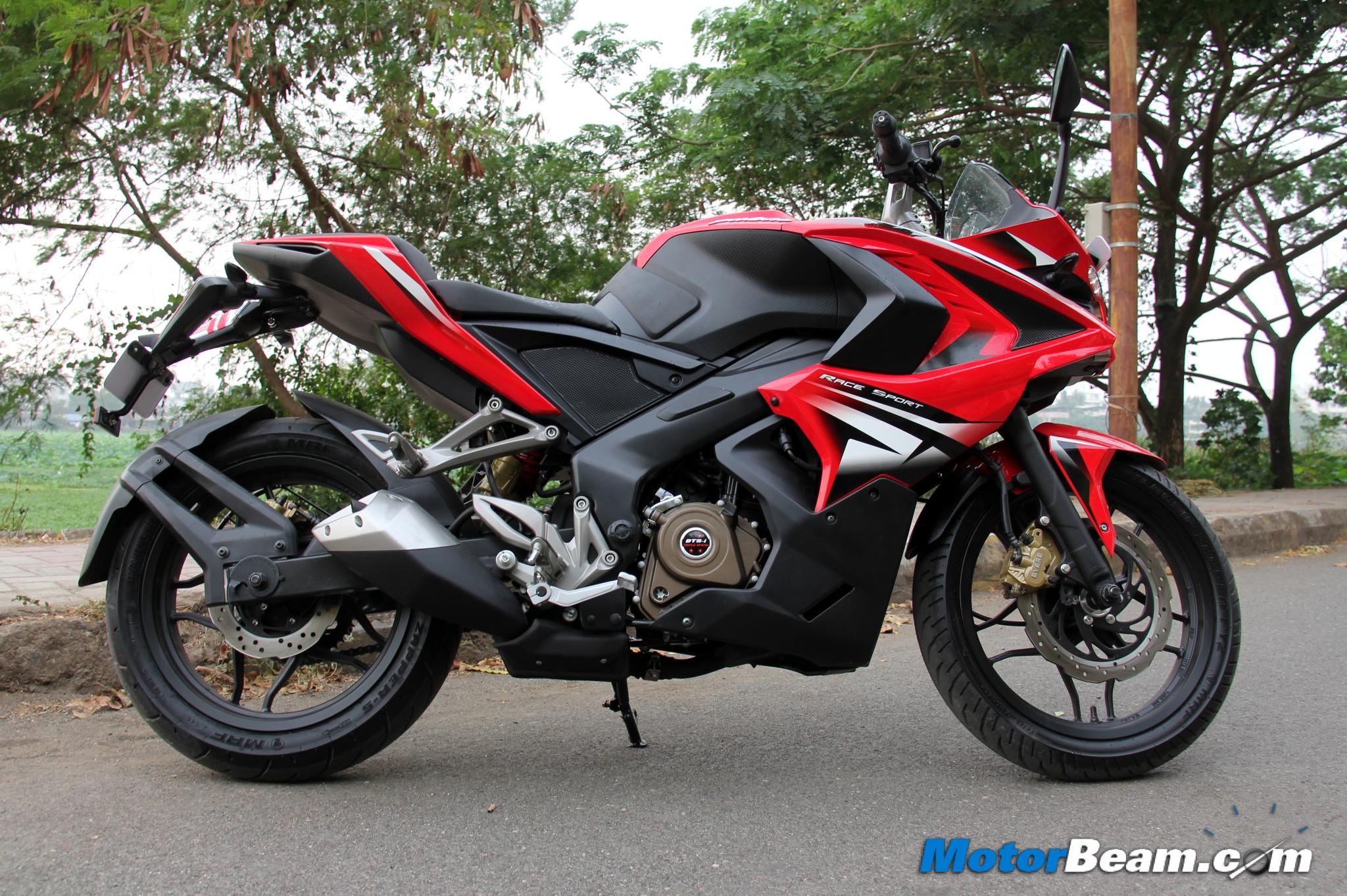
The major highlight of the Pulsar RS 200 is the design of course. This is an all new Pulsar in terms of styling and shares very little with other Pulsars. In fact, if you see the first ever Pulsar which was launched way back in 2001 to the Pulsars which are still on sale, you will notice some similarity. When Bajaj Auto launched the second generation Pulsar in the form of the 200 NS, we all were cribbing that they shouldn’t have carried a similar looking tail light as that’s the only thing which has been seen on Pulsars for a long time. Little did we know that we are being stupid because the company seems to have taken feedback too seriously and the tail light of the Pulsar RS 200 is very overdone and hasn’t managed to grow on us, even though we have been seeing it for more than a year now (earlier on the Pulsar 400 SS).
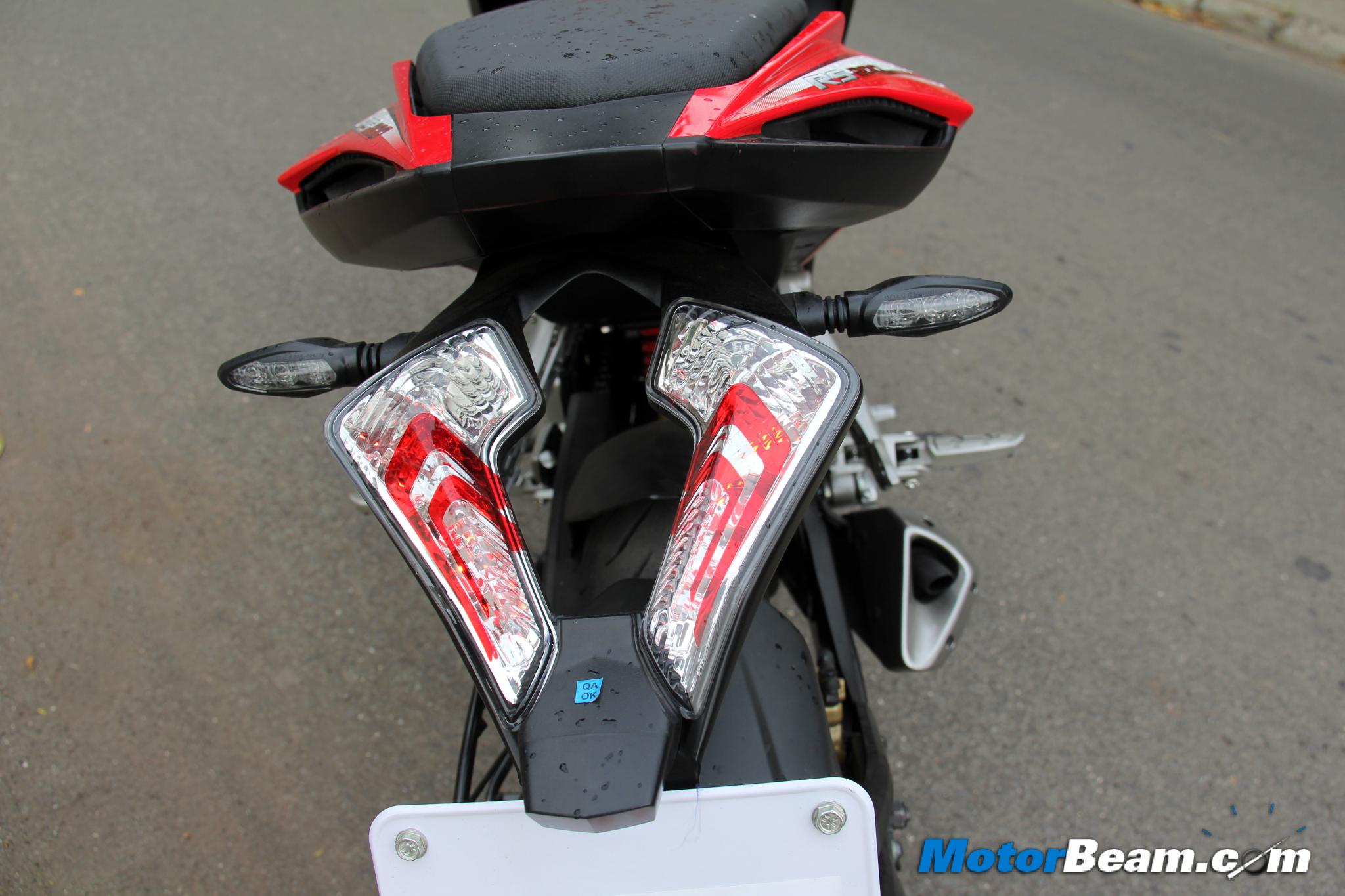
The front of the Pulsar RS 200 looks unique with those twin projector headlights (they offer super bright illumination) and parking lights above each lamp which double up as daytime running lights if you want them to. However some design elements seem out of place (on the fairing). The exposed bolts aren’t a nice touch either but the panels are very edgy. The alloy wheels are carried over from the 200 NS but the underbelly exhaust has been omitted in lieu of a nice midship exhaust which Bajaj likes to call race spec. Indicators have been lifted from the KTMs while the grab rail at the rear is a very nice touch indeed, it’s part of the bike and doesn’t jut out. What is an eye sore is the tyre hugger and should be removed right away. All said and done, while many will call the design overdone, including us, the fact is, the Pulsar RS 200 does turn heads on the road and that was evident when we were riding it. Now we need to see how long the novelty factor lasts.
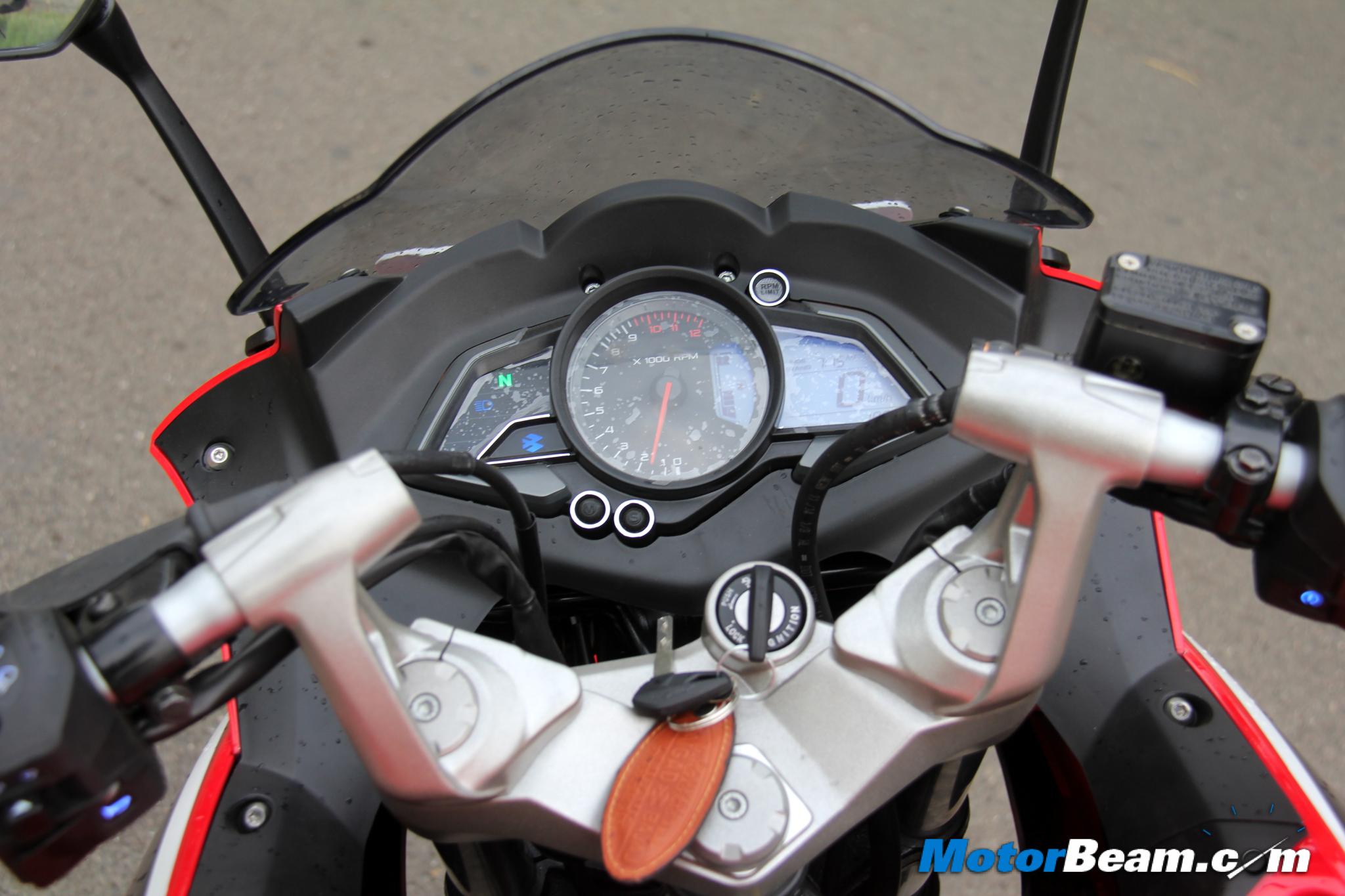
The instrument console has been retained from the Pulsar 200 NS but gets blue backlit. The front windshield visor does a nice job of deflecting wind, all the improvements in aerodynamics adding up to an increase in top speed to 140.8 km/hr (a 5 km/hr increase over the claimed top speed of the NS), which surprisingly makes the Pulsar RS 200 faster than its more expensive cousin with which it shares many parts of its engine, the KTM RC 200 (tops out at 137 km/hr). The rearview mirrors aren’t good in terms of offering a clear view of what’s behind, they aren’t wide enough. Quality is good on the bike but not exceptional, our test bike saw its fairing vibrate when we pushed it past the mid-range.
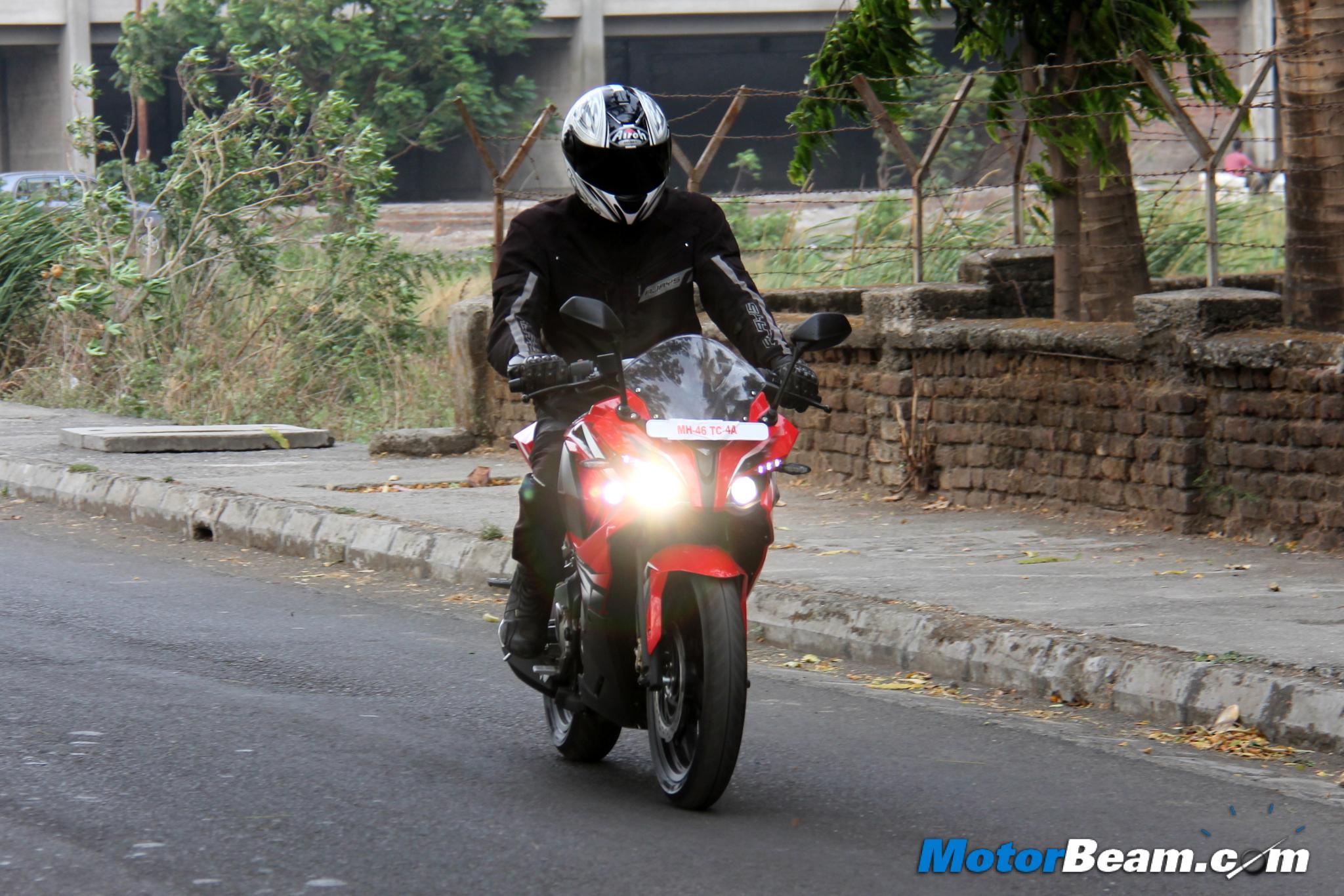
Start the motor and the 199.5cc mill comes to life with a whole lot better refinement than we have seen on its naked counterpart. The engine is calmer at idle and it’s the fuel injection system that helps here. Get going and the added power doesn’t seem evident at all. Yes, the Pulsar RS 200 is the fastest Pulsar yet and you can also say, it is the most powerful Pulsar yet with the triple-spark equipped mill generating 24.5 PS of power (1 PS more than the NS) and 18.6 Nm of torque (0.3 Nm more than the NS). So why does the added output not make itself obvious. Because of the weight of course, tipping the scales with an added 20 kilos, the RS 200 isn’t going to beat the 200 NS in the 0-100 km/hr run although it should do the 0-100 km/hr run in around 10 seconds. Other than the FI and added output, Bajaj seems to have improved various aspects of the motor which they always do with time. Thus, there isn’t even close to as much vibrations as witnessed on the 200 NS and thus the RS 200 really deserves an applaud for the improvements in NVH.
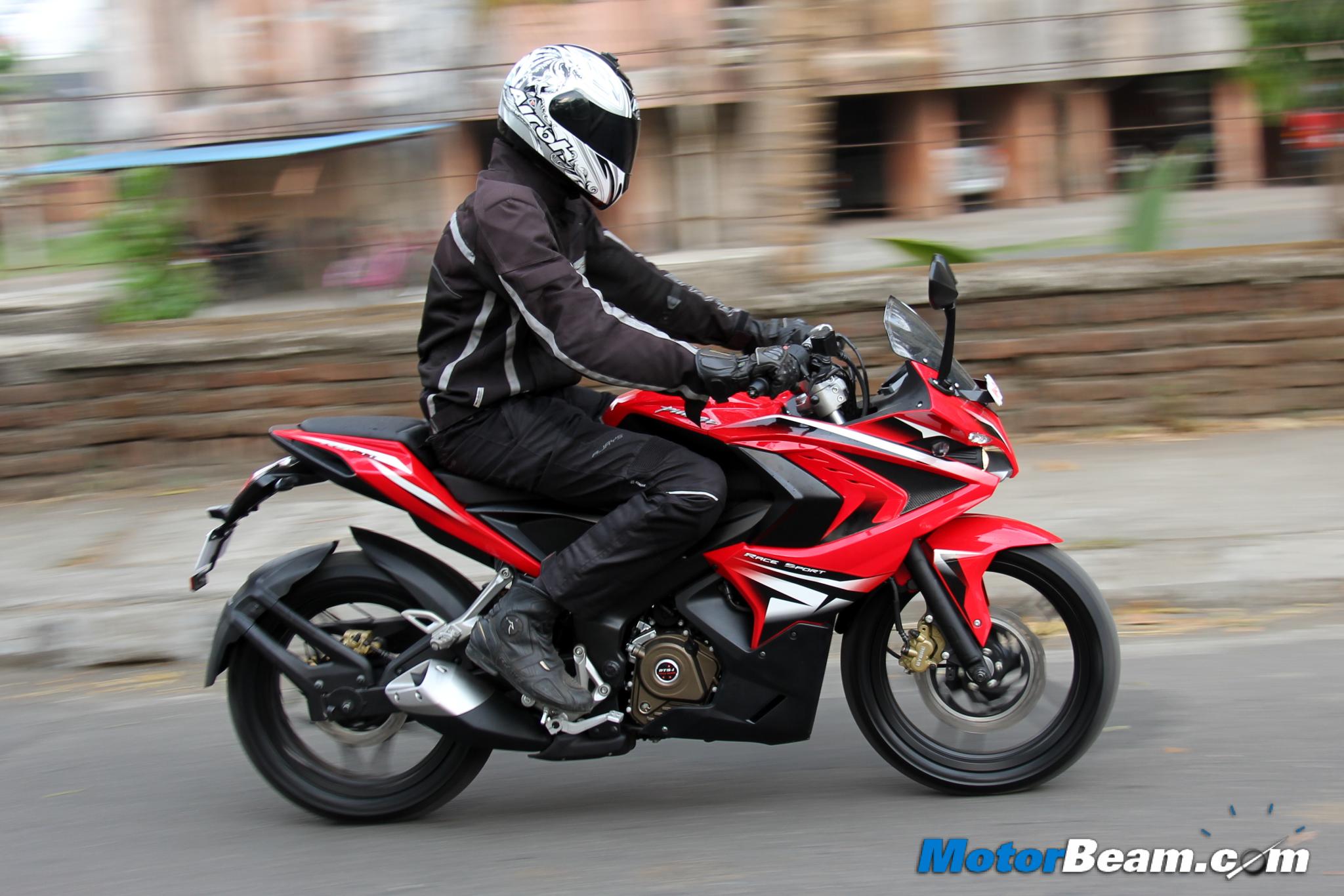
The Pulsar RS 200 has a nice exhaust note but the added weight has negated the increase in output
The redline is marked at 9500 RPM but the rev limiter only kicks in at 11,000 RPM (the KTMs redline at 10,500 RPM and that’s where the RS 200 beats the Austrian 200s in top speed). Top-end does have some buzzing but with an oil change at service, things should improve. What is really worth appreciating is the sound, the induction noise is very good and the new side mounted exhaust serves both the purposes, aesthetics as well as aural. The gearbox offers positive shifts and the clutch is well weighed too but the adjustment wasn’t set right on our test bike. Thanks to FI and improved aerodynamics, the Pulsar RS 200 should return a mileage of 38-42 km/l.
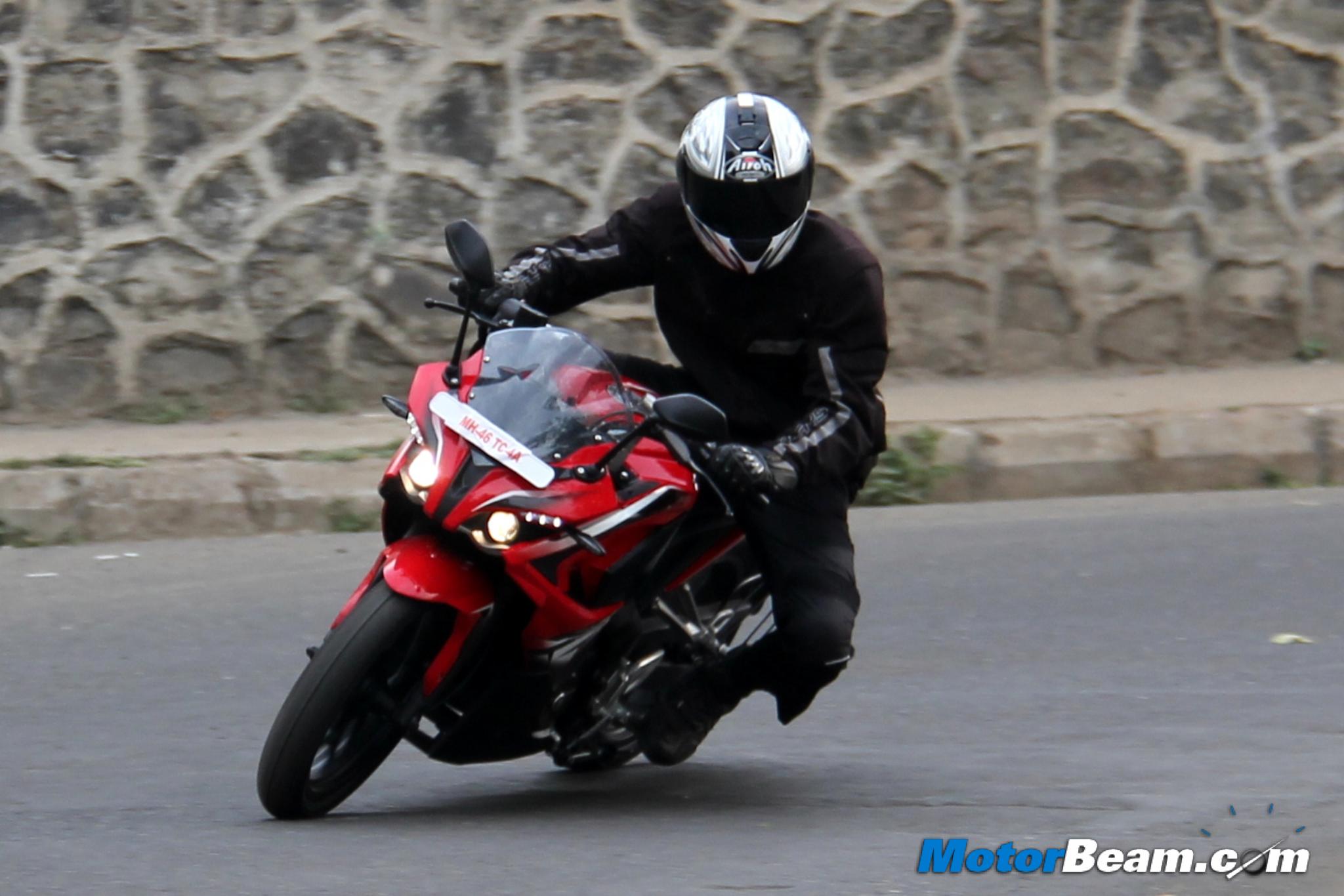
While a lot of new things are seen on the top, the formula below remains largely the same. So the frame is a perimeter one and the suspension is the same too. To start off, the MRF tyres are really good and offer excellent grip. The clip-ons are raised and don’t give the level of feedback you expect, they feel too much like the Hero Karizma ZMR in operation which isn’t a good thing. The seating position isn’t sporty, so one will be comfortable on the RS 200 and the seat itself is soft, being large enough for both rider and pillion. The added weight and the well tuned suspension means the ride quality is good for what Bajaj likes to call a ‘Super Sport’ but that’s what it isn’t. The Pulsar RS 200 isn’t a true super sport bike because it’s not as dynamically potent as its rivals. Firstly kudos to Bajaj for dropping the SS tag because this Pulsar doesn’t deserve it. While it offers good handling, the KTM RC 200, with which it competes, is in a different league altogether. What is lacking in the Pulsar RS 200 is the level of feel and feedback from the front, the slight softness being apparent when you push the bike hard in a corner. But in terms of ride andhandling balance, the RS 200 does offer a fantastic blend.
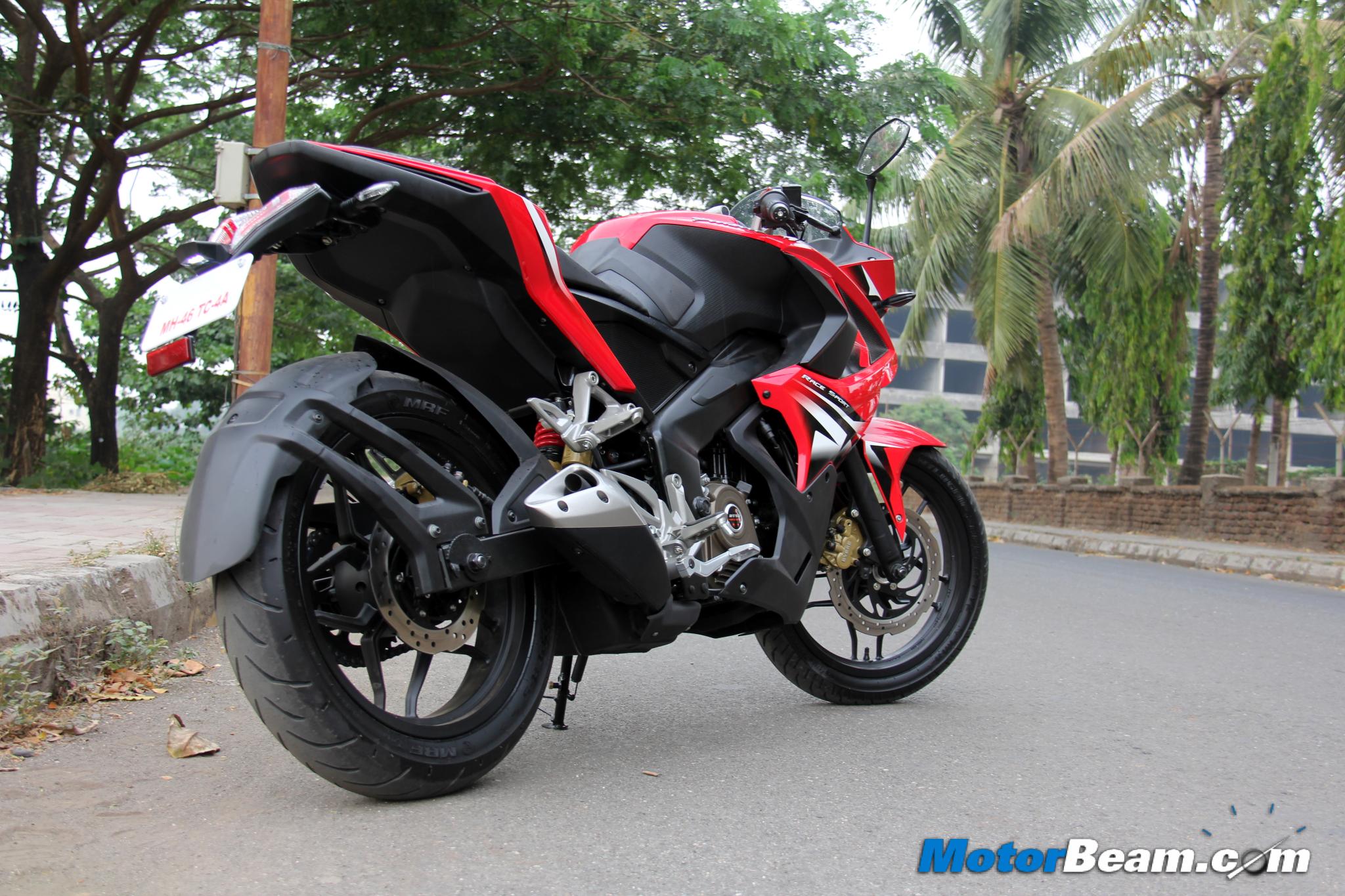
While the rear brake is the same 230 mm, the front brake is a bigger 300 mm unit (the NS uses a 280 mm front). Braking performance is very good and there is an optional single-channel ABS on offer, the on-road price difference between the non-ABS and ABS variants being Rs. 14,000/- (the non-ABS model will be more popular of course and hence Bajaj dealers are offering test rides on a non-ABS bike). For this price, Bajaj should have offered dual-channel ABS as TVS does the same on the Apache 180. All that said and done, is the Pulsar RS 200 worth its price? Now that’s a tough question to answer because at the price of the Pulsar RS 200, there is little competition, the non-ABS model’s alternative is the Yamaha R15 which is more dynamically potent and offers better design, quality and fuel efficiency but the YZF machine isn’t quick enough. The ABS model is best pitched against the KTM RC 200 and the extra Rs. 40,000/- you pay for the orange machine does seem a lot but you do get a vastly better bike too. Unless you have a fixation for a full-faired bike, a few extra green will get you the KTM Duke 200, a faster and better handling bike. So what is the final verdict? The Pulsar RS 200 is the best Pulsar yet but the Pulsar 200 NS continues to be the best value for money performance bike in the market today.
If you want a full faired bike which has good performance, then there is nothing that beats the Pulsar RS 200 at this price. But if you have the money, the KTM RC 200 is indeed a much better machine and no, the RS won’t affect the RC’s sales even though the track bred KTM is for amateurs according to Bajaj’s weird tagline for the Pulsar RS 200.
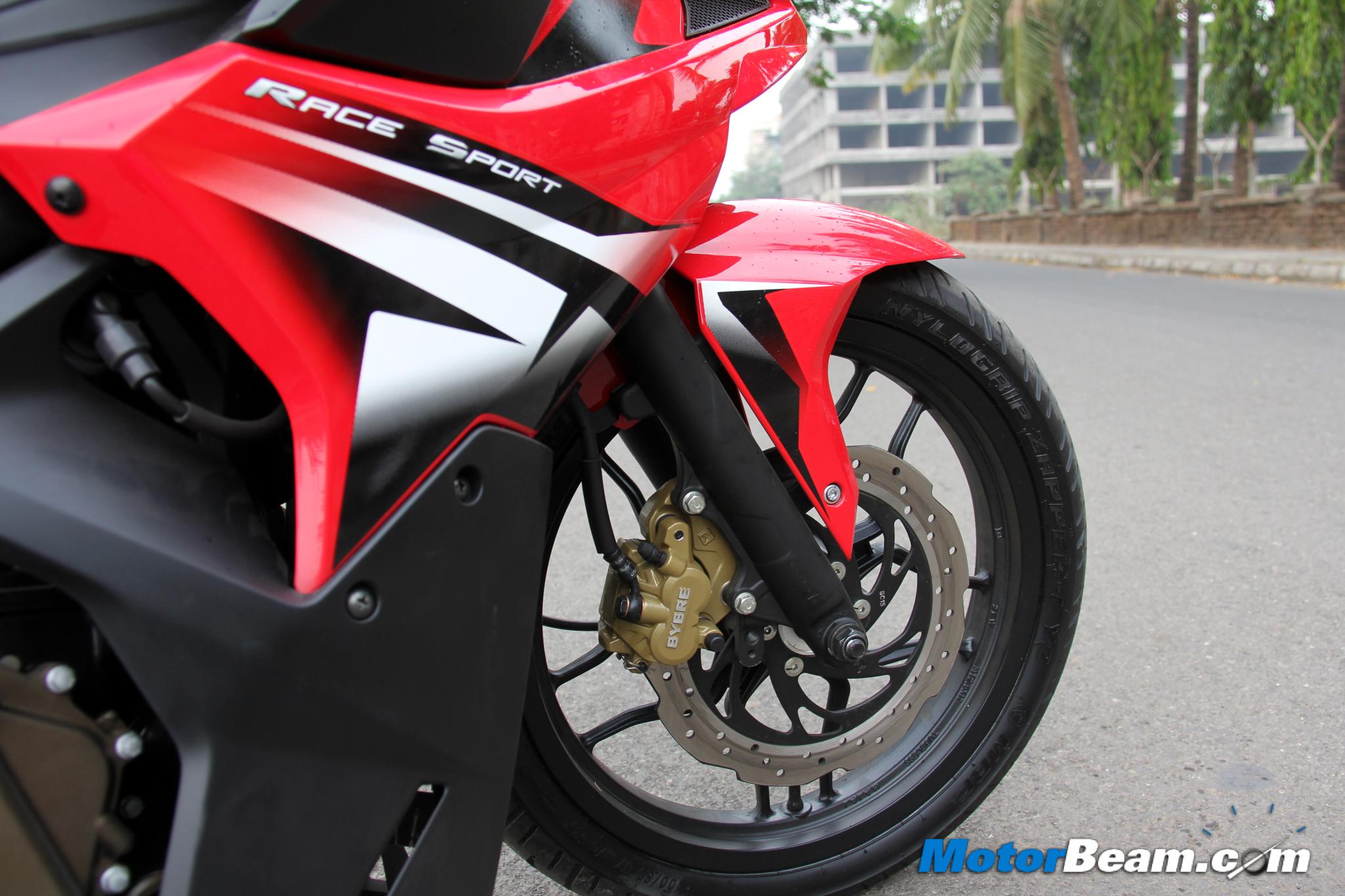
What’s Cool
* Improved refinement thanks to FI, this is the most refined Pulsar till date
* Full faired design has loads of elements, majority like it
* Option of ABS shows Bajaj’s focus towards safety
* A motorcycle which offers good dynamics and yet is practical for city riding
What’s Not So Cool
* 20 kgs heavier over its street-fighter sibling, don’t know why so much more mass added
* Slower than the 200 NS in the 0-100 km/hr sprint, only faster in top-speed
* Dual channel ABS should have been offered at this price
* Practical super sport but not as sharp or poised as its rivals from KTM and Yamaha
Further Reading –
Pulsar RS 200 Track Test Review
Pulsar RS 200 Review
Pulsar RS 200 Video Review
Yamaha R15 vs Pulsar RS 200 – Video
KTM RC 200 vs Pulsar RS 200 – Video
Yamaha R15 vs Pulsar RS 200 vs Honda CBR150R
KTM RC 200 vs Pulsar RS 200


